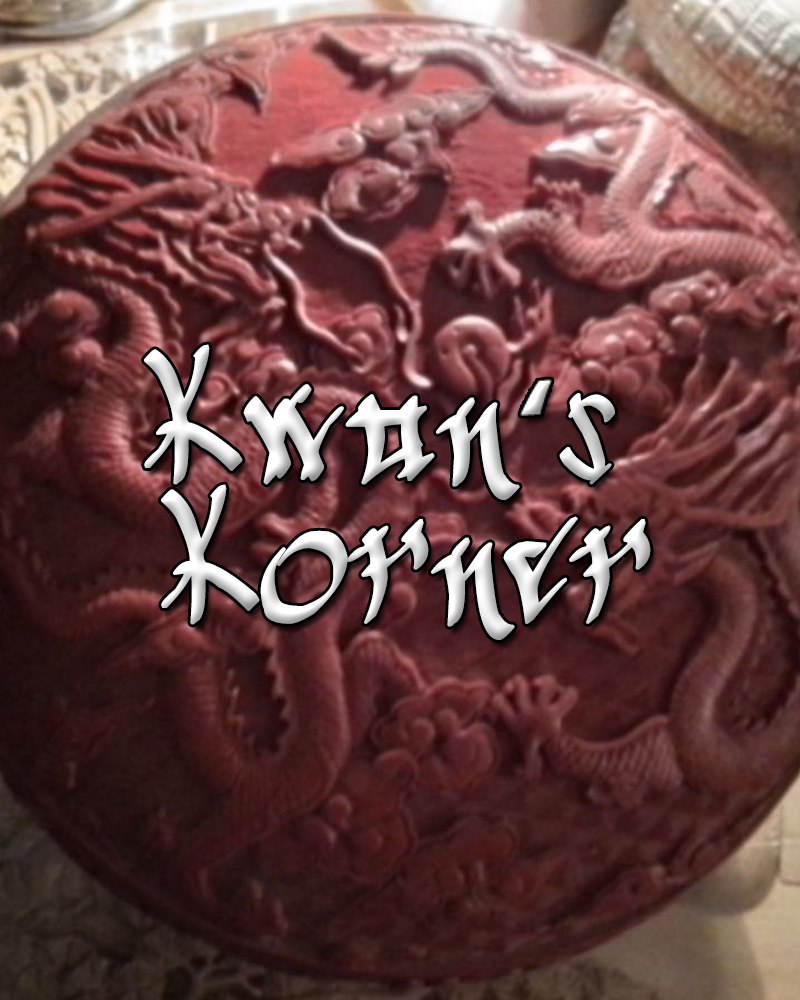Five essential Watersheds in Time of the Eternal Idea called China

Below are the links for the 5 capsules on Chinese culture I wrote and with the distinguished Jeff J Brown having read them. You also have the detailed written text for each of the five chosen topics accompanied by the relevant documents.
1- Confucius (551 to 479 BCE), latinized version of 孔 夫 子 Kong3 Fu1 Zi3, Noble Master Kong, was born as 孔 丘 Kong3 Qiu1 in the principality of Lu in present day Shandong province, eastern China. Archetypical incarnation of the Philosopher King without a Crown. He offered the Classical Education, privilege of the nobility, to all. That is his lasting legacy having had a tremendous impact on the Chinese people and the direction of the Chinese civilization. In Confucius, we can see the embodiment and the transmitter of the cultural legacies of 2 Royal dynasties, the Shang-Yin dynasty (1600 to 1046 BCE) & the Zhou dynasty (1045 to 256 BCE), also the invitation to all for embarking on the epistemological journey thus becoming a gentleman, 君 子 Jun1 Zi3. Not a gentleman because one was born as a member of the hereditary nobility but a gentleman because of one’s own personal efforts devoted to learning, learning of the practical information and skills of course, but more essentially, learning of Being as defined by the presence of the Timeless Forms of Beauty, Goodness, Truth and expressed in Time as the 4 cardinal virtues : justice, humanity, valor, wisdom.
2- The First Chinese Empire created in 221 BCE by the Qin 秦 dynasty, having given China’s name for the outside World and defining the recurring ruling framework for China in the next 21 centuries even if the Qin dynasty itself did not last a long time. The English word ‘China’ comes from 秦 , pronounced Qin2 (2 : at the second tone).
3- The Three Kingdoms, period from 220 to 280 CE at the vital nexus between the end of the 4 centuries long Han dynasty (206 BCE to 220 CE) and the perpetuation of the the Eternal Idea called China by the Jin dynasty (265 to 420) having expanded to southern China after year 317. That was a pivotal moment in the adventure of the Chinese civilization.
4- The Daming Palace : the architectural embodiment of the most cosmopolitan and dazzlingly aristocratic Tang dynasty (618-907)
5- Mao Zedong (1893-1976), the Great Helmsman. As his equivalent 22 centuries ago, Liu Bang (256 to 195 BCE), founder of the Han Dynasty, Mao Zedong, founder of the Red Dynasty, opened a new era full of realizations and promises for the Chinese people.
*** Confucius ***
Chinese Film Culture and History Series: “Confucius” directed by Hu Mei (2010, with English subtitles), as explained by Dr. Quan Le. China Rising Radio Sinoland 210507
*** The creation of the First Chinese Empire ***
https://chinarising.puntopress.com/2021/05/25/chinese-film-culture-and-history-series-qin-dynasty-epic-english-subtitles-episode-12-as-explained-by-dr-quan-le-china-rising-radio-sinoland-210525/
*** The Three Kingdoms ***
https://chinarising.puntopress.com/2021/10/10/chinese-film-culture-and-history-series-three-kingdoms-episode-34-2010-english-subtitles-as-explained-by-dr-quan-le-china-rising-radio-sinoland-211010/
*** The Daming Palace ***
Chinese Film Culture and History Series: “Daming Palace” (Palace of Great Brightness) documentary (2013, with English subtitles), with a focus on Emperor Wu Zetian, as explained by Dr. Quan Le. China Rising Radio Sinoland 210817
*** Mao Zedong ***
Chinese Film Culture and History Series: “The Founding of a Republic” (English subtitles), as explained by Dr. Quan Le. China Rising Radio Sinoland 210627

These articles all claim Chinese superiority. Imperialist 🤔 thinking